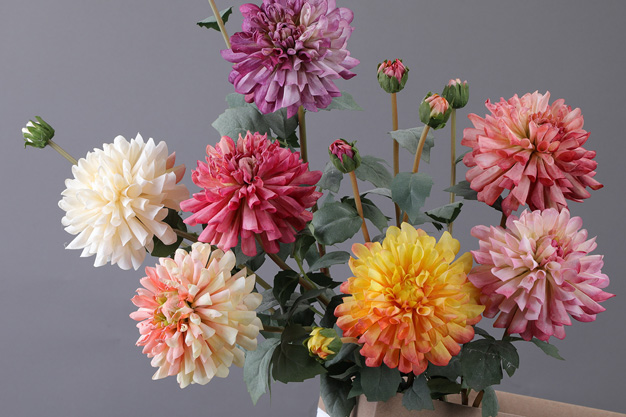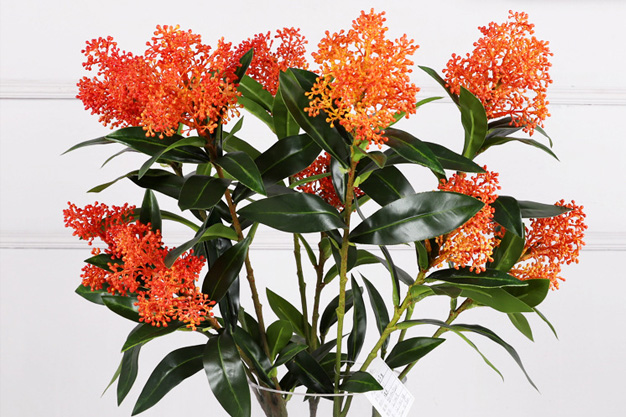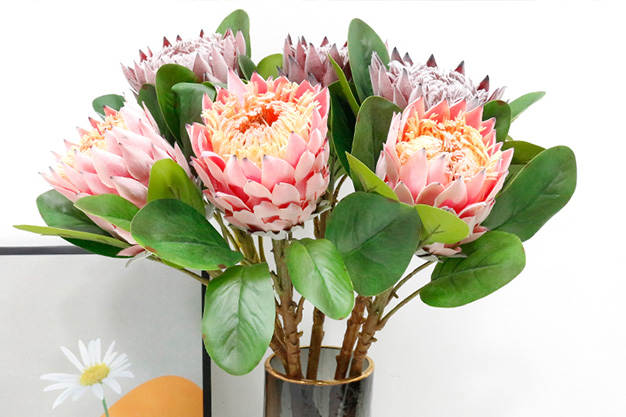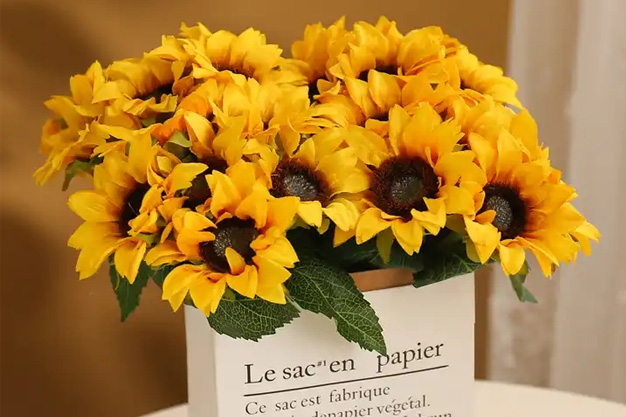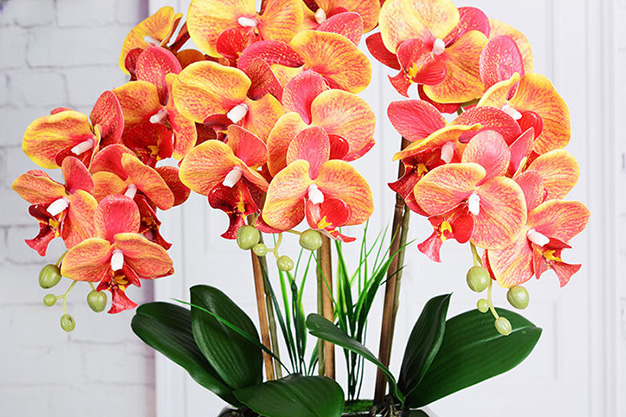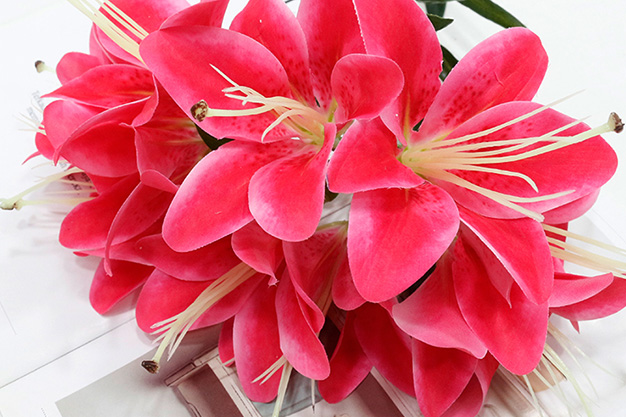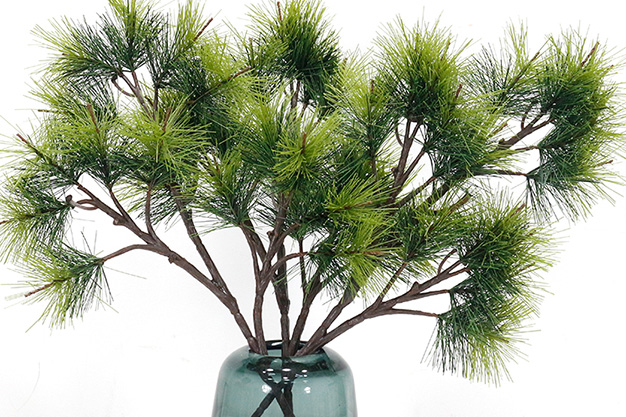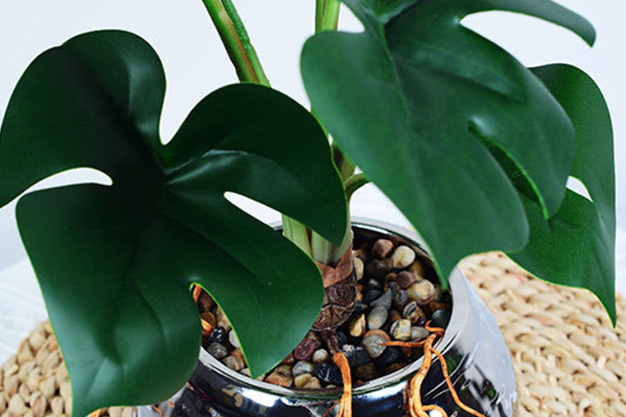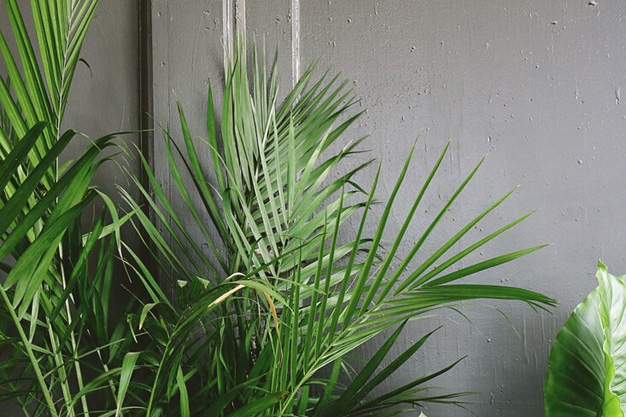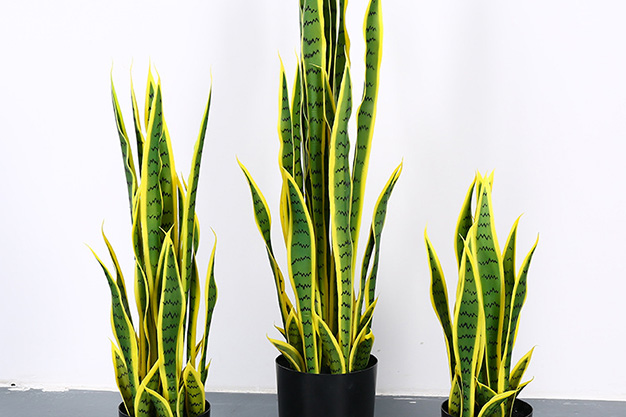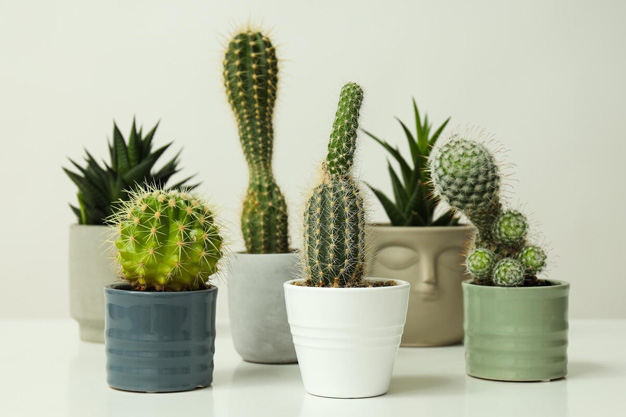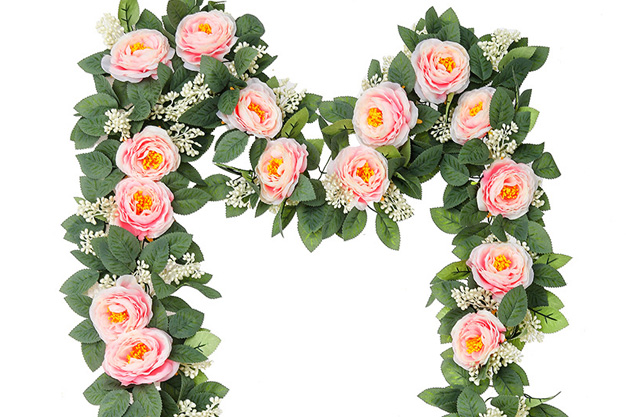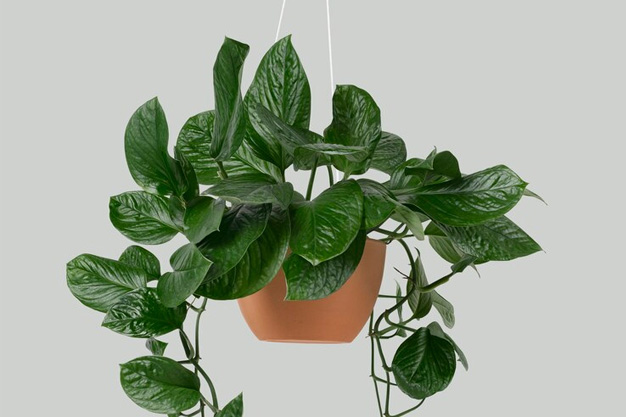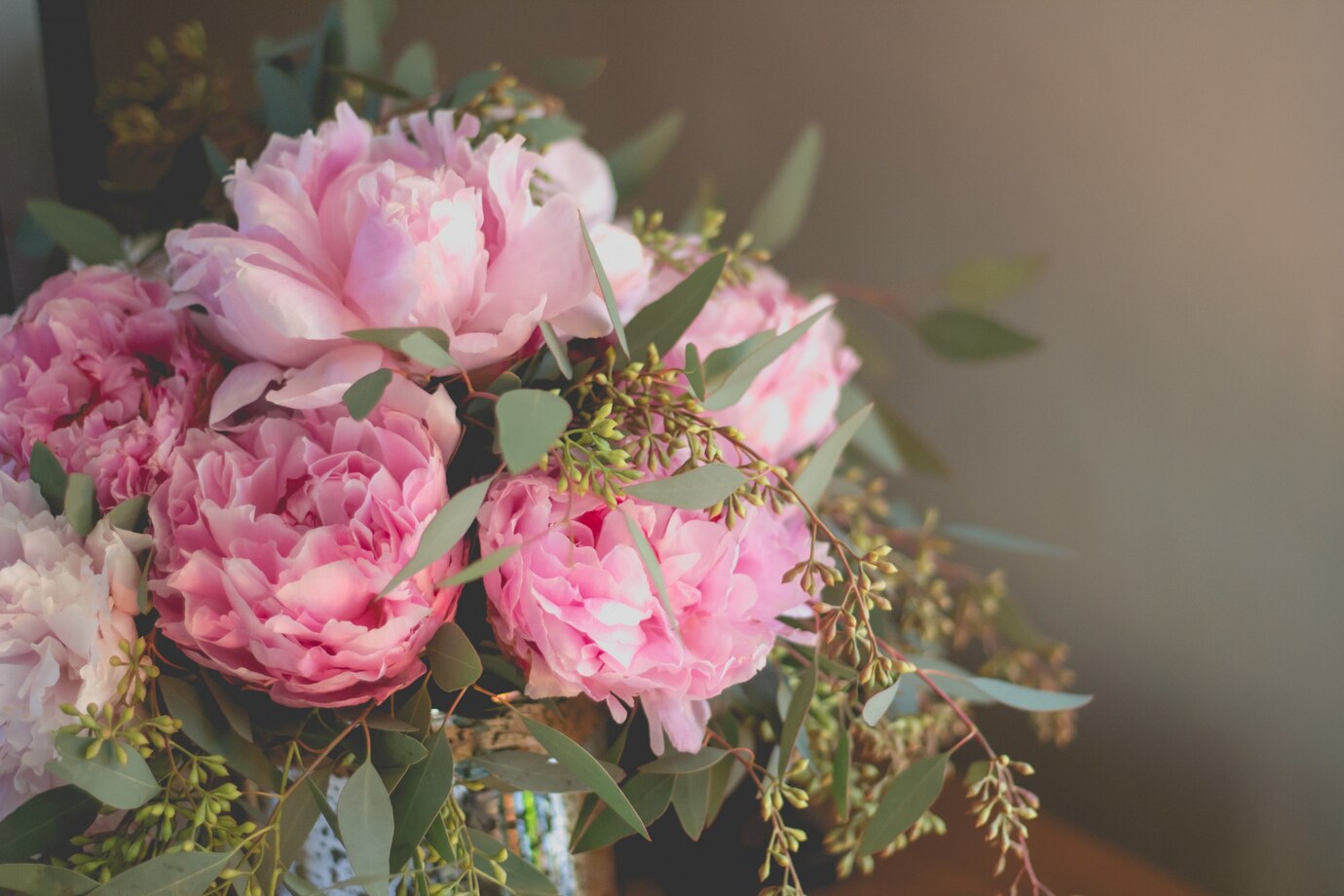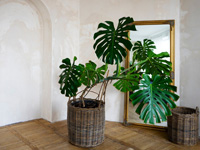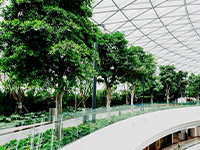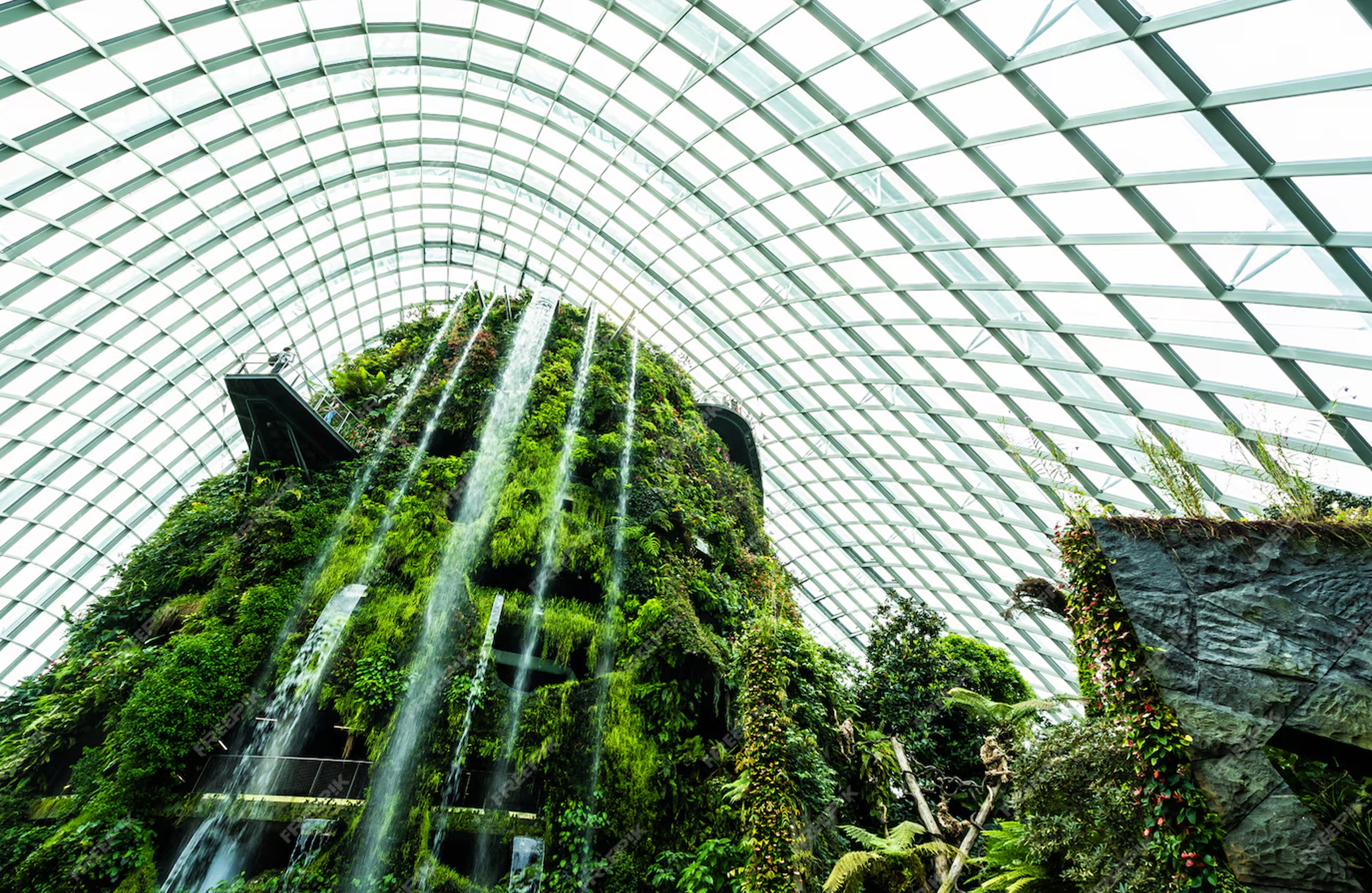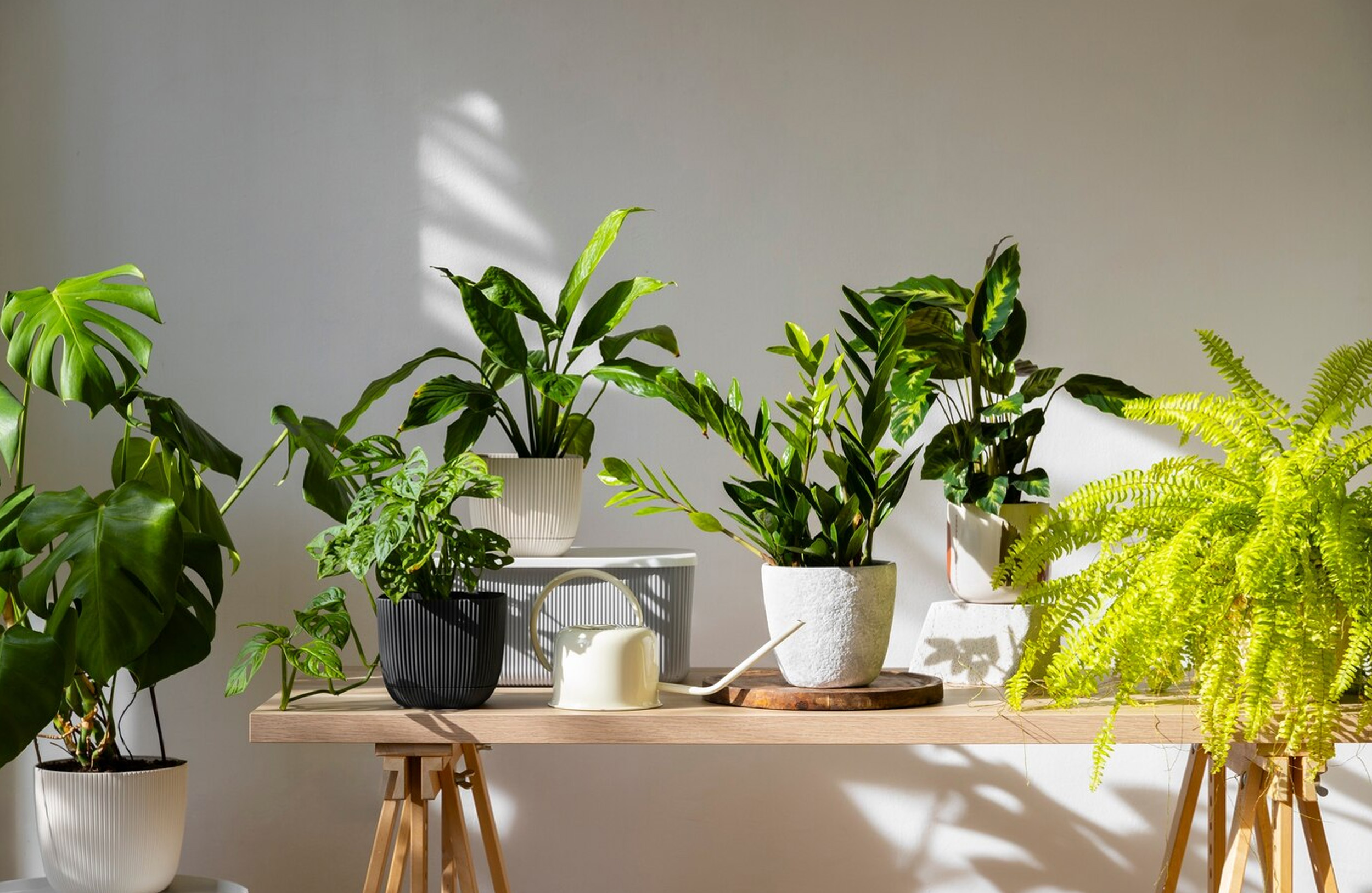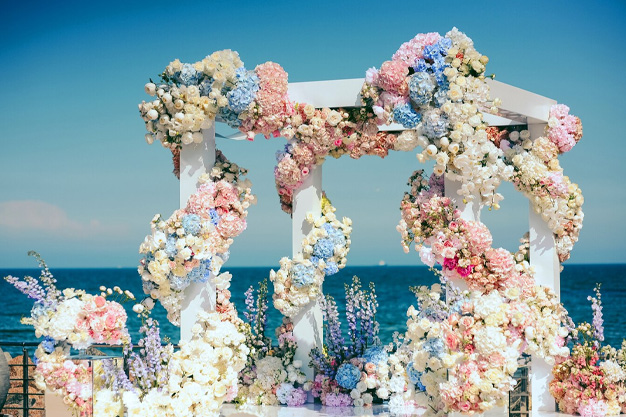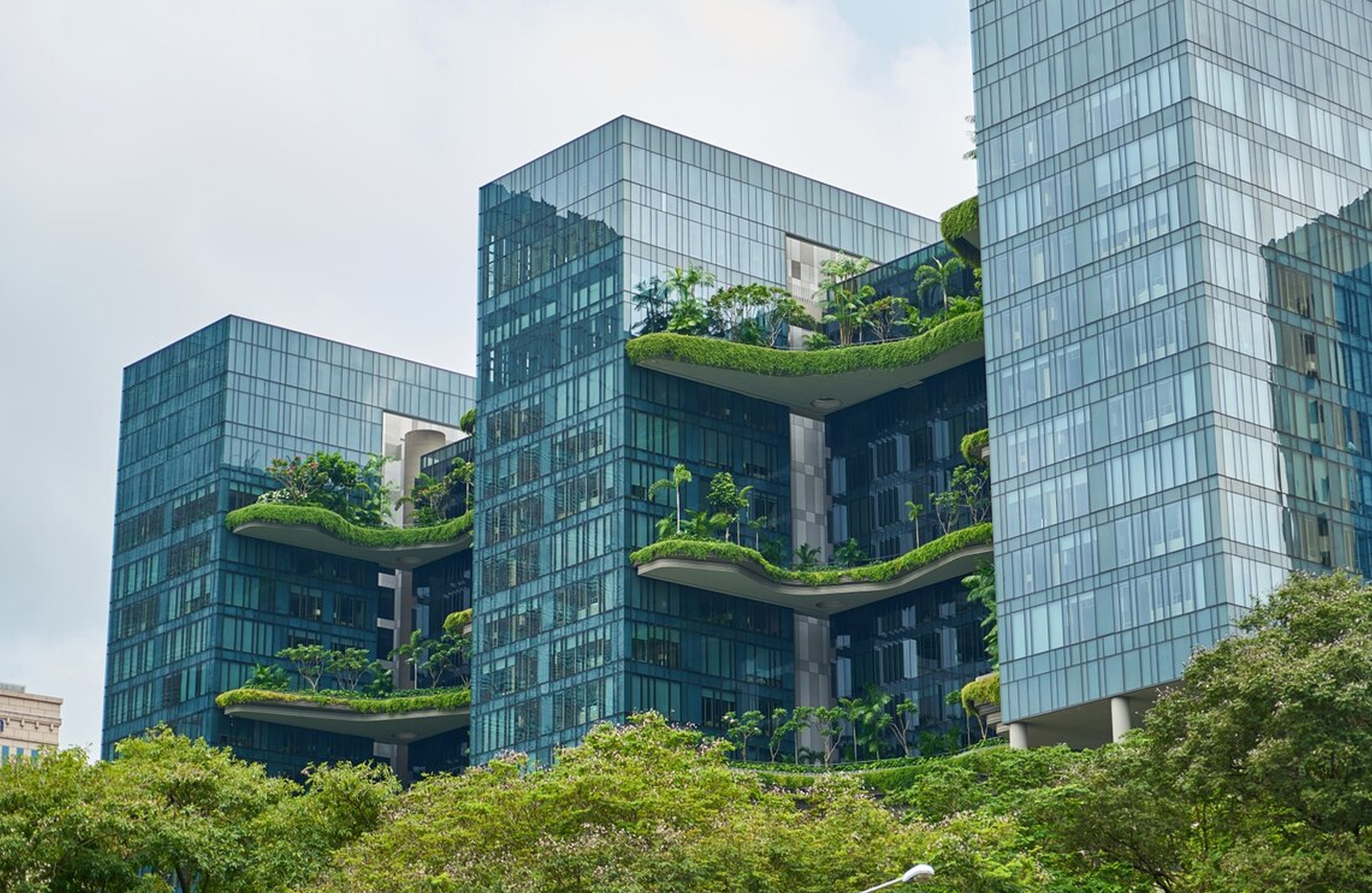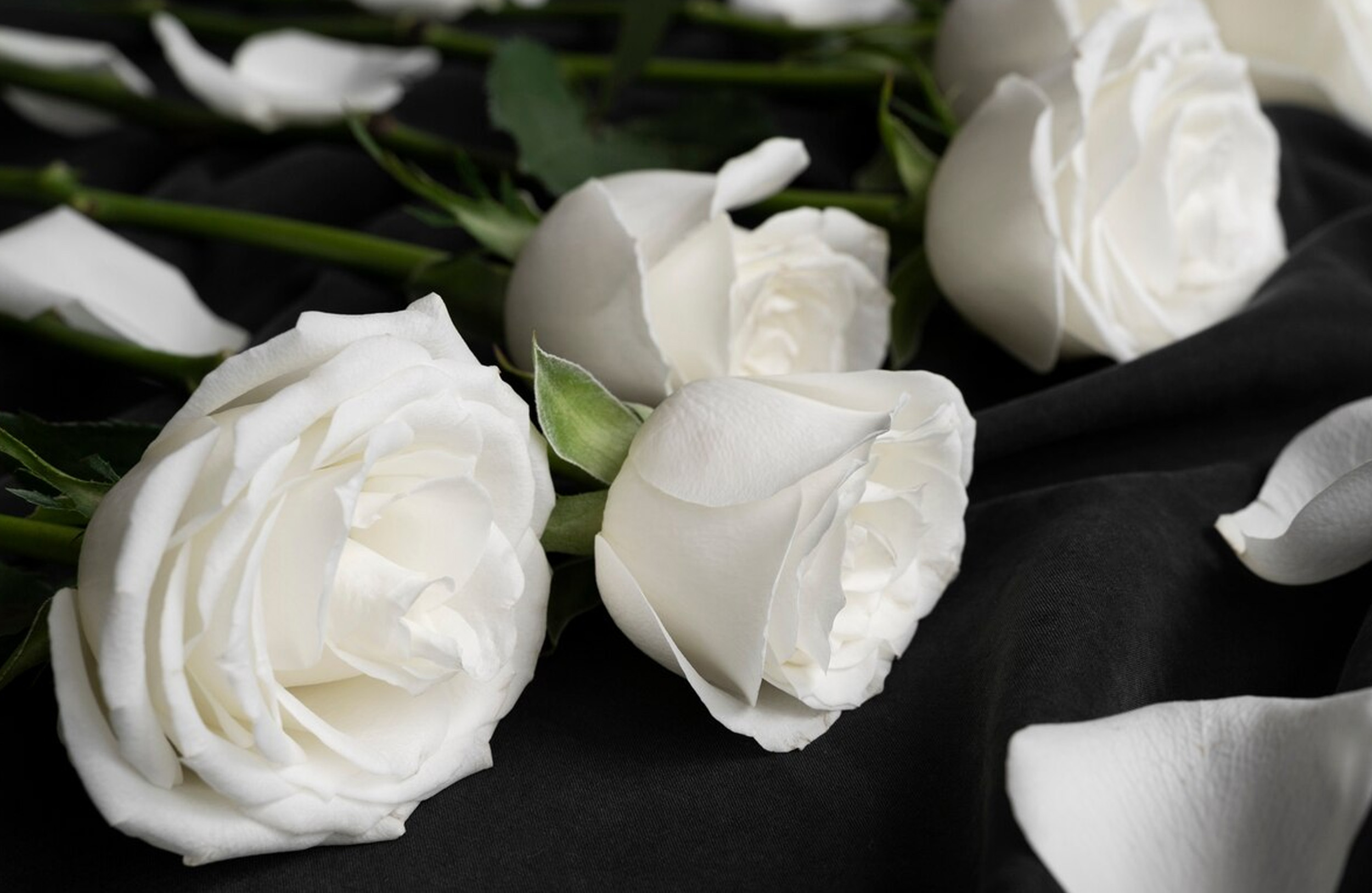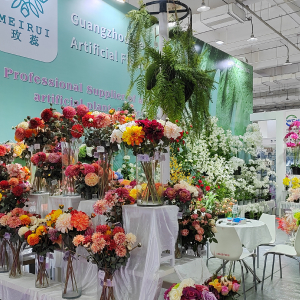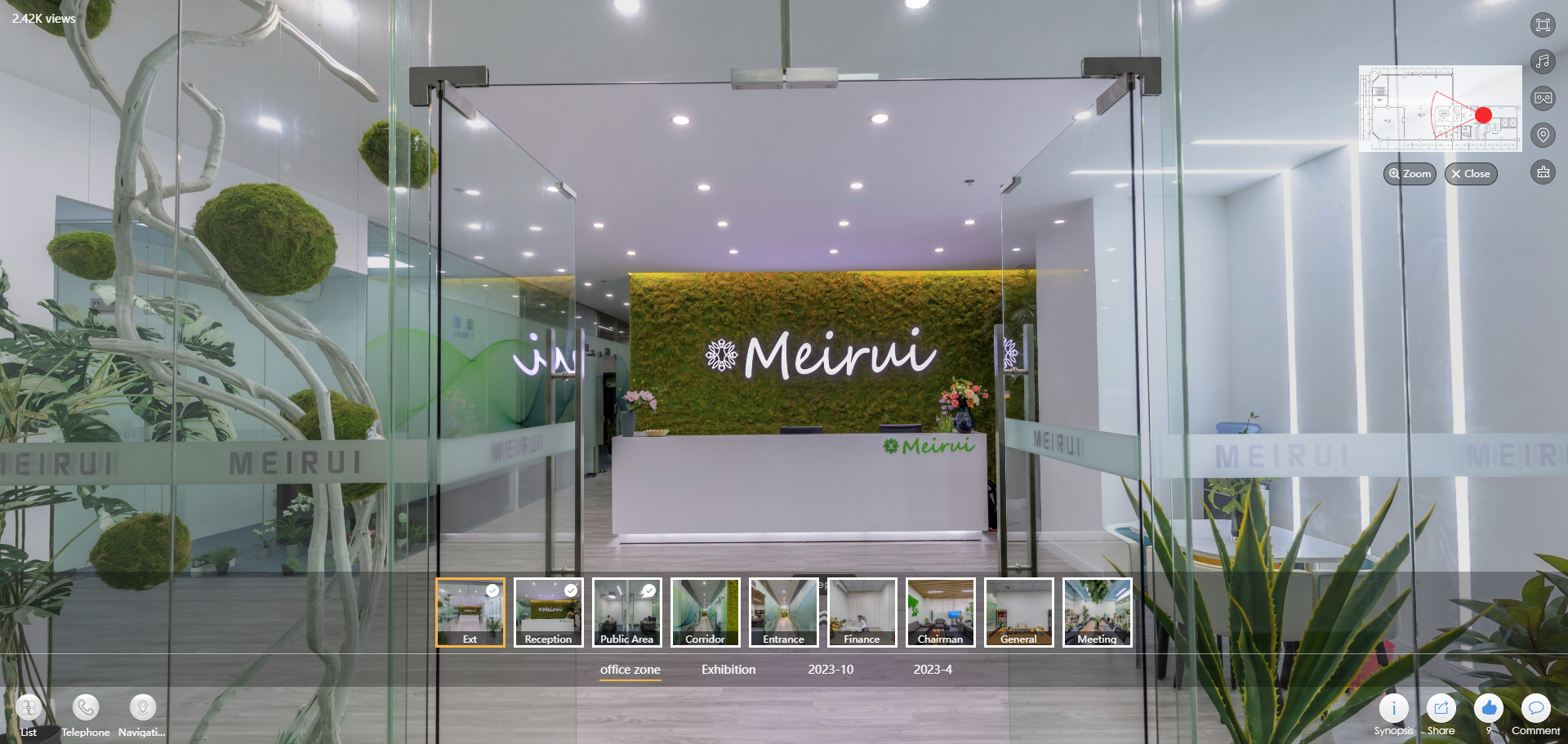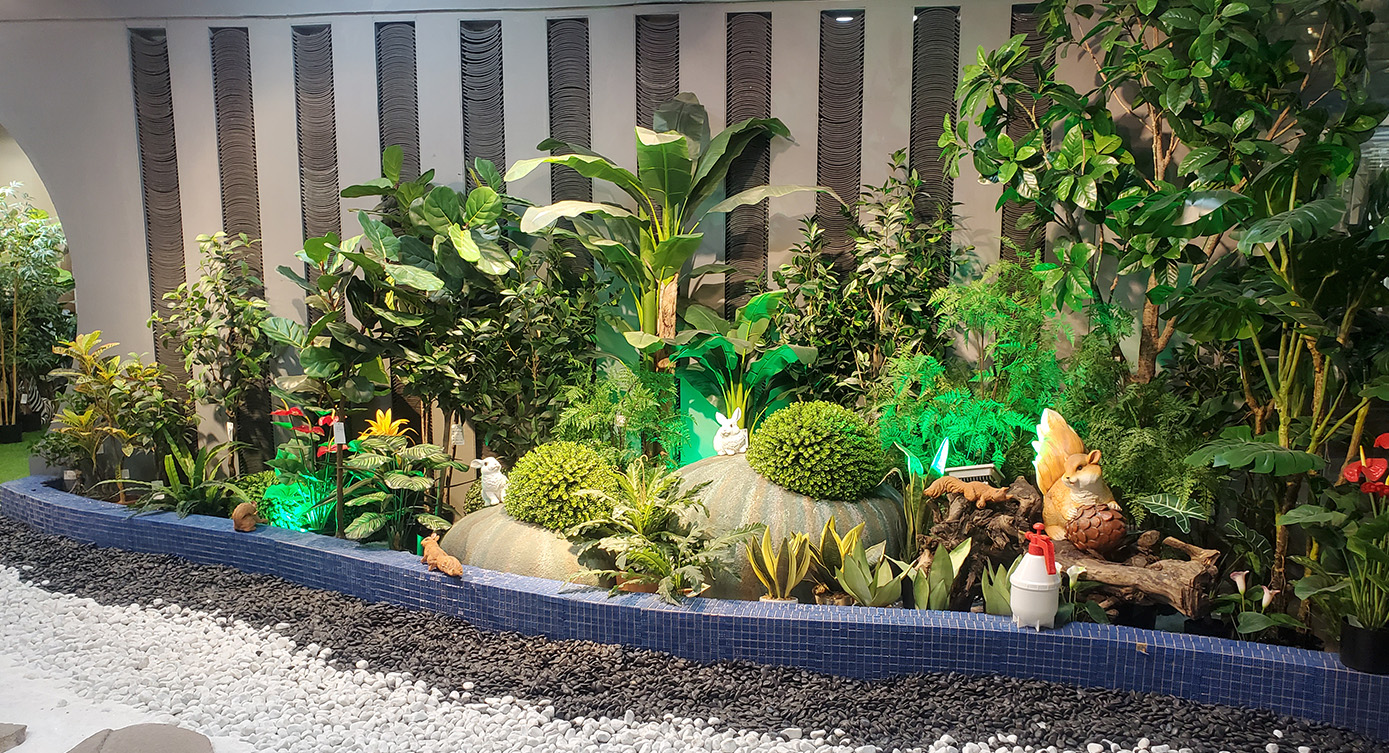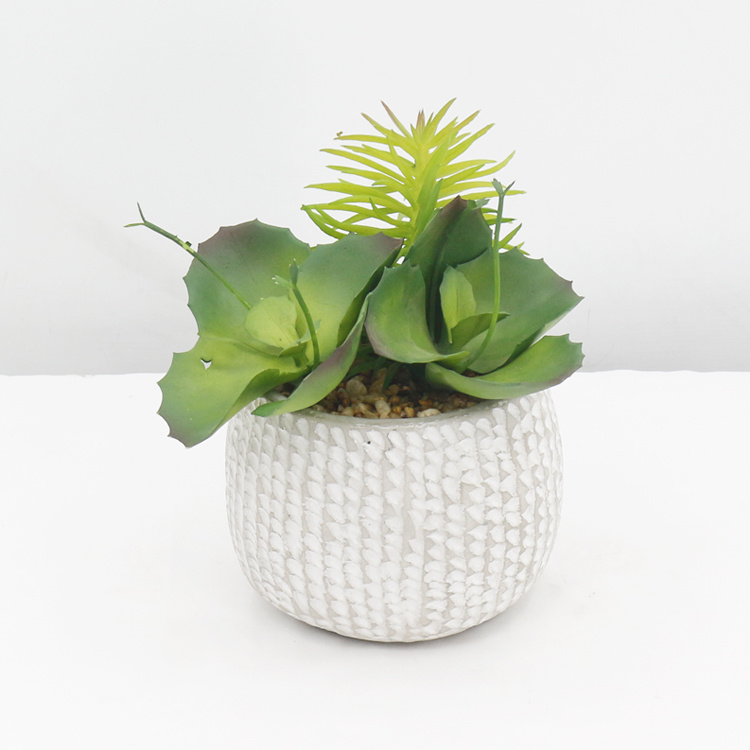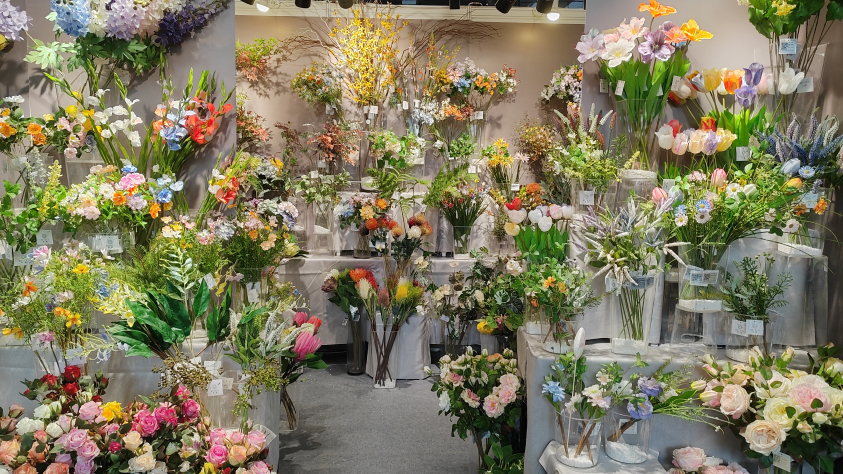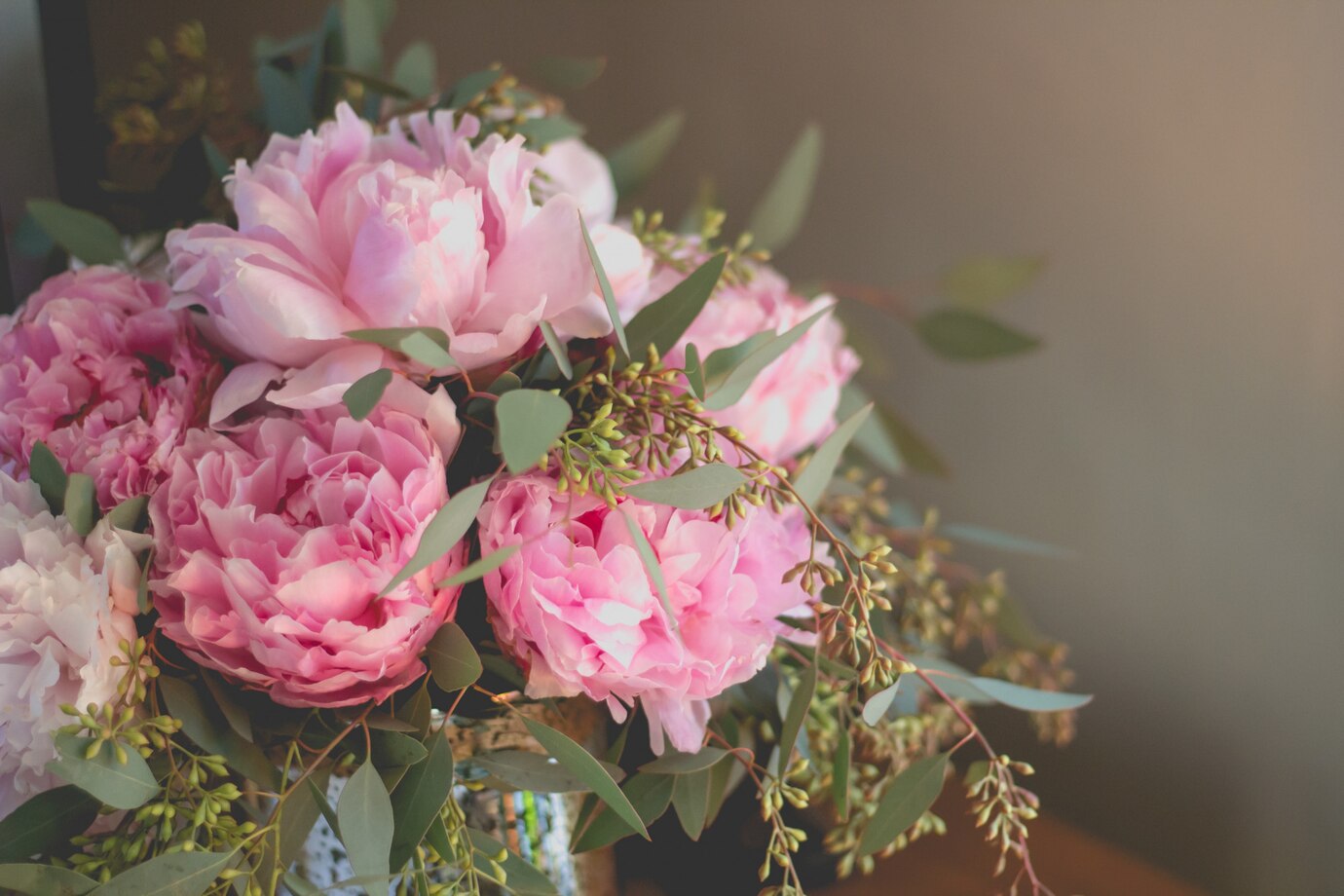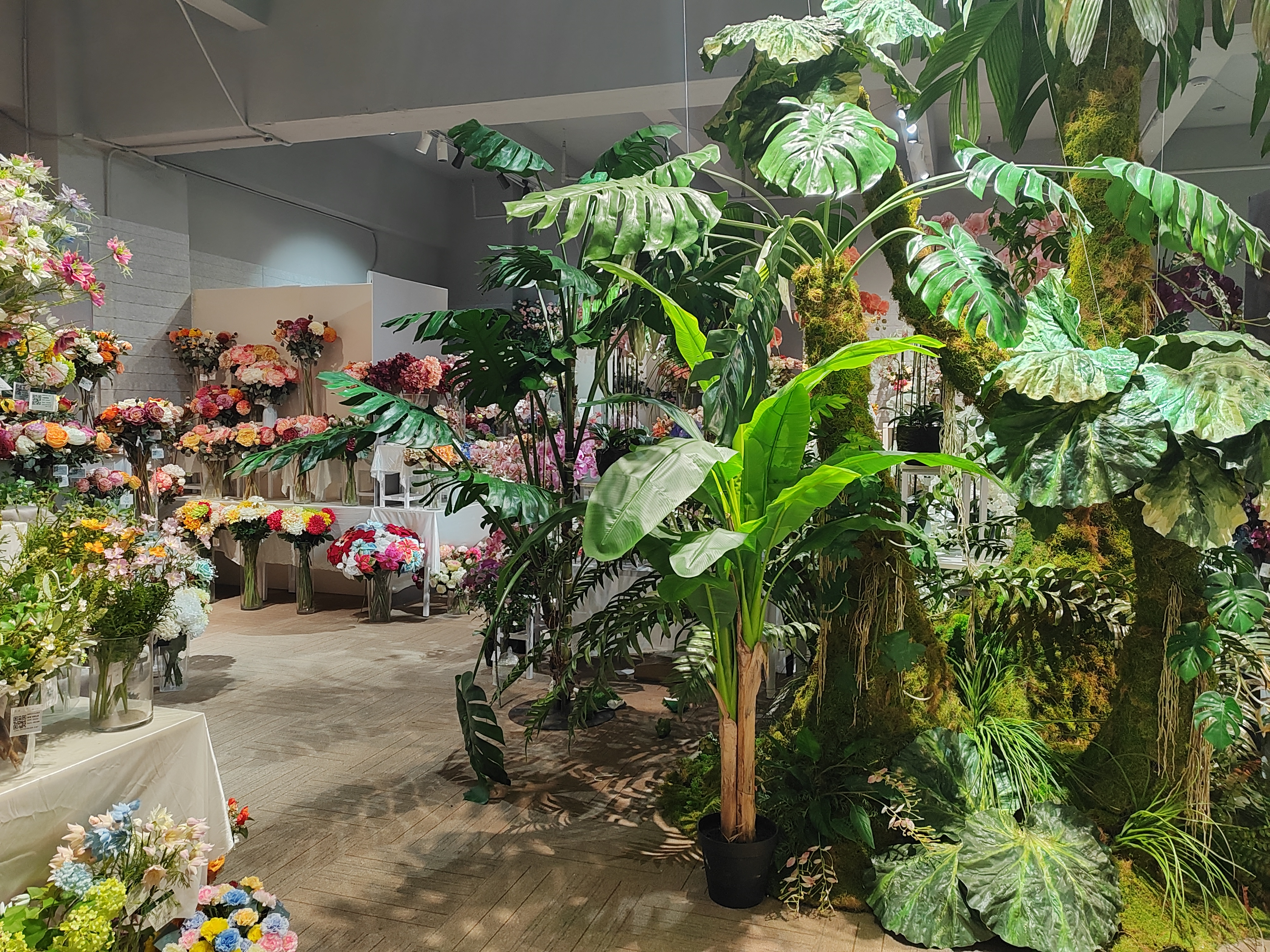

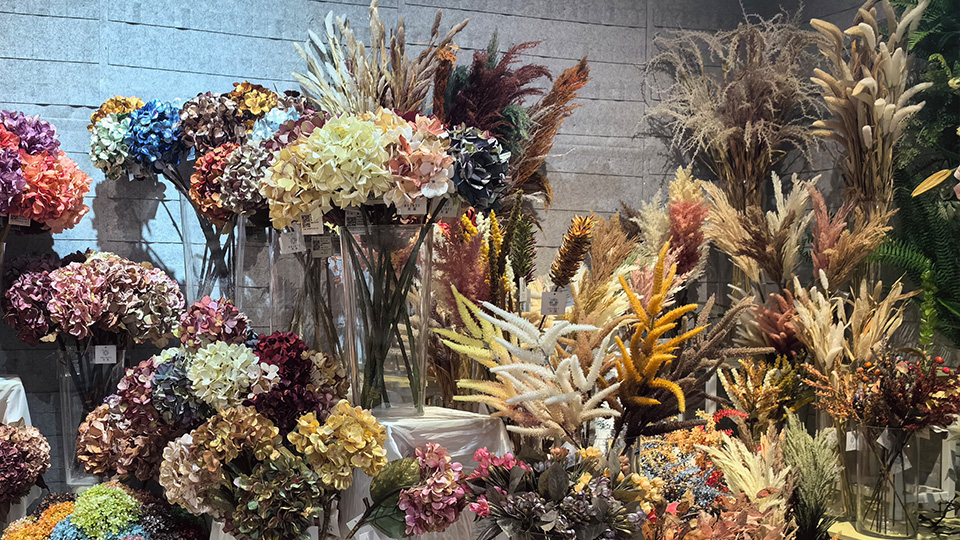
In the realm of floral decor, the timeless allure of flowers has captivated hearts and minds for centuries. From weddings and celebrations to everyday moments of joy, fresh cut flowers have long been cherished for their beauty and fragrance. However, as concerns about environmental sustainability grow, many are seeking alternatives to traditional floral arrangements. Artificial flowers have emerged as a sustainable, innovative, and environmentally friendly solution, offering all the beauty of fresh blooms without the ecological footprint. In this blog, we explore the myriad benefits of artificial flowers as a sustainable alternative to fresh cut flowers, highlighting their role in promoting eco-conscious living and preserving the beauty of nature for generations to come.
The Environmental Impact of Fresh Cut Flowers:
While fresh cut flowers may bring beauty and joy into our lives, their production and transportation come with a significant environmental cost. Traditional flower farming practices often involve the use of pesticides, fertilizers, and intensive irrigation, which can lead to soil degradation, water pollution, and habitat destruction.
Additionally, the global flower industry relies heavily on air freight to transport flowers from growers in countries such as Colombia, Ecuador, and Kenya to markets around the world. This results in high carbon emissions and contributes to climate change, further exacerbating environmental concerns.
Sustainable Solutions with Artificial Flowers:
Artificial flowers offer a sustainable alternative to fresh cut flowers, mitigating many of the environmental issues associated with traditional floral arrangements. Unlike fresh blooms, artificial flowers require no water, pesticides, or fertilizers to maintain their beauty. This reduces the demand for finite natural resources and minimizes the environmental impact of floral decor.
Furthermore, artificial flowers can be reused and recycled, further reducing waste and promoting a circular economy. With proper care, artificial flowers can last for years, bringing enduring beauty to homes, offices, and events without the need for frequent replacements.
Innovative Materials and Manufacturing:
Advancements in materials science and manufacturing technology have revolutionized the artificial flower industry, enabling the production of blooms that rival the beauty and realism of fresh flowers. Modern artificial flowers are crafted from high-quality plastics, polymers, and textiles that mimic the look and feel of natural petals and foliage with astonishing accuracy.
Innovative techniques such as 3D printing and laser cutting allow for the creation of intricate floral designs that were once thought impossible. These advancements in materials and manufacturing have expanded the possibilities for artificial flower arrangements, allowing for greater creativity and customization in floral decor.
Longevity and Durability:
One of the key advantages of artificial flowers is their longevity and durability. Unlike fresh cut flowers, which wilt and fade within days, artificial flowers can retain their beauty for years with minimal maintenance. This makes them an ideal choice for spaces where frequent replacements are impractical or costly, such as hotels, restaurants, and corporate offices.
The durability of artificial flowers also makes them suitable for outdoor use, where exposure to sunlight, wind, and rain can quickly degrade fresh blooms. With UV-resistant coatings and weatherproof materials, artificial flowers can withstand the elements and maintain their vibrancy even in harsh conditions.
Cost-Effectiveness:
While the initial investment in artificial flowers may be higher than fresh cut flowers, their long-term cost-effectiveness makes them a wise investment for both individuals and businesses. Artificial flowers require no ongoing maintenance or care, saving both time and money in the long run.
Additionally, artificial flowers can be reused and repurposed for multiple occasions, further maximizing their value. Whether decorating for weddings, parties, or seasonal events, artificial flowers offer a versatile and cost-effective solution for creating stunning floral arrangements that leave a lasting impression.
Reducing Carbon Footprint:
By choosing artificial flowers over fresh cut flowers, consumers can significantly reduce their carbon footprint and contribute to a more sustainable future. The production and transportation of fresh flowers generate a large amount of greenhouse gas emissions, primarily from the use of fossil fuels in farming, refrigeration, and transportation.
In contrast, artificial flowers have a much lower environmental impact, as they are produced locally and do not require refrigeration or air freight for transportation. This reduction in carbon emissions helps mitigate climate change and promotes environmental sustainability on a global scale.
Preserving Nature's Beauty:
Ultimately, artificial flowers offer a way to preserve the beauty of nature without harming the environment. By opting for sustainable alternatives to traditional floral arrangements, individuals and businesses can enjoy the aesthetic benefits of flowers while minimizing their ecological footprint.
With their longevity, durability, and low environmental impact, artificial flowers are a testament to human ingenuity and innovation in the pursuit of eco-conscious living. As we strive to build a more sustainable world, artificial flowers serve as a reminder that beauty and sustainability can go hand in hand.
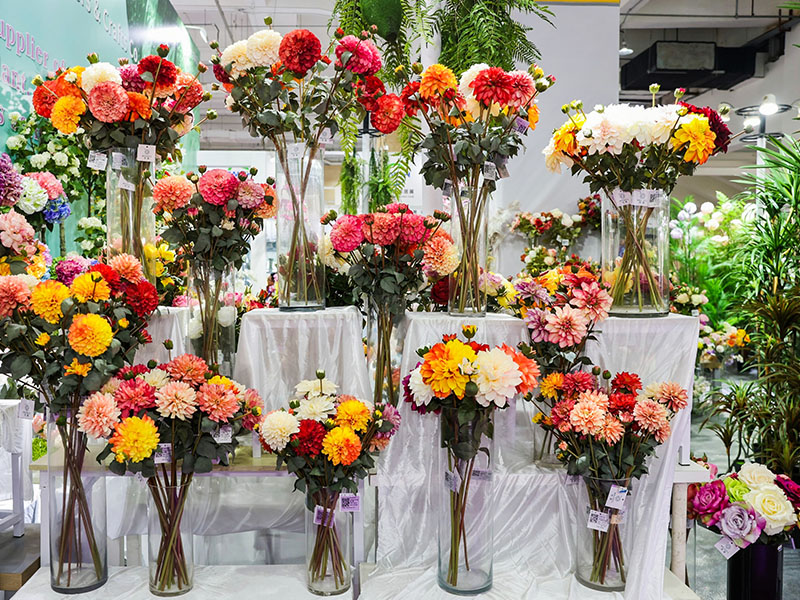
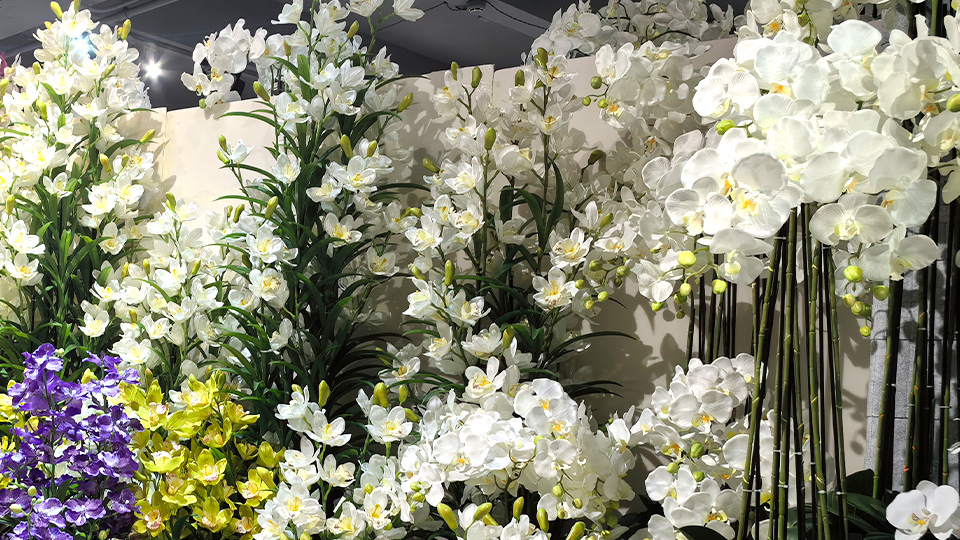

important to us





